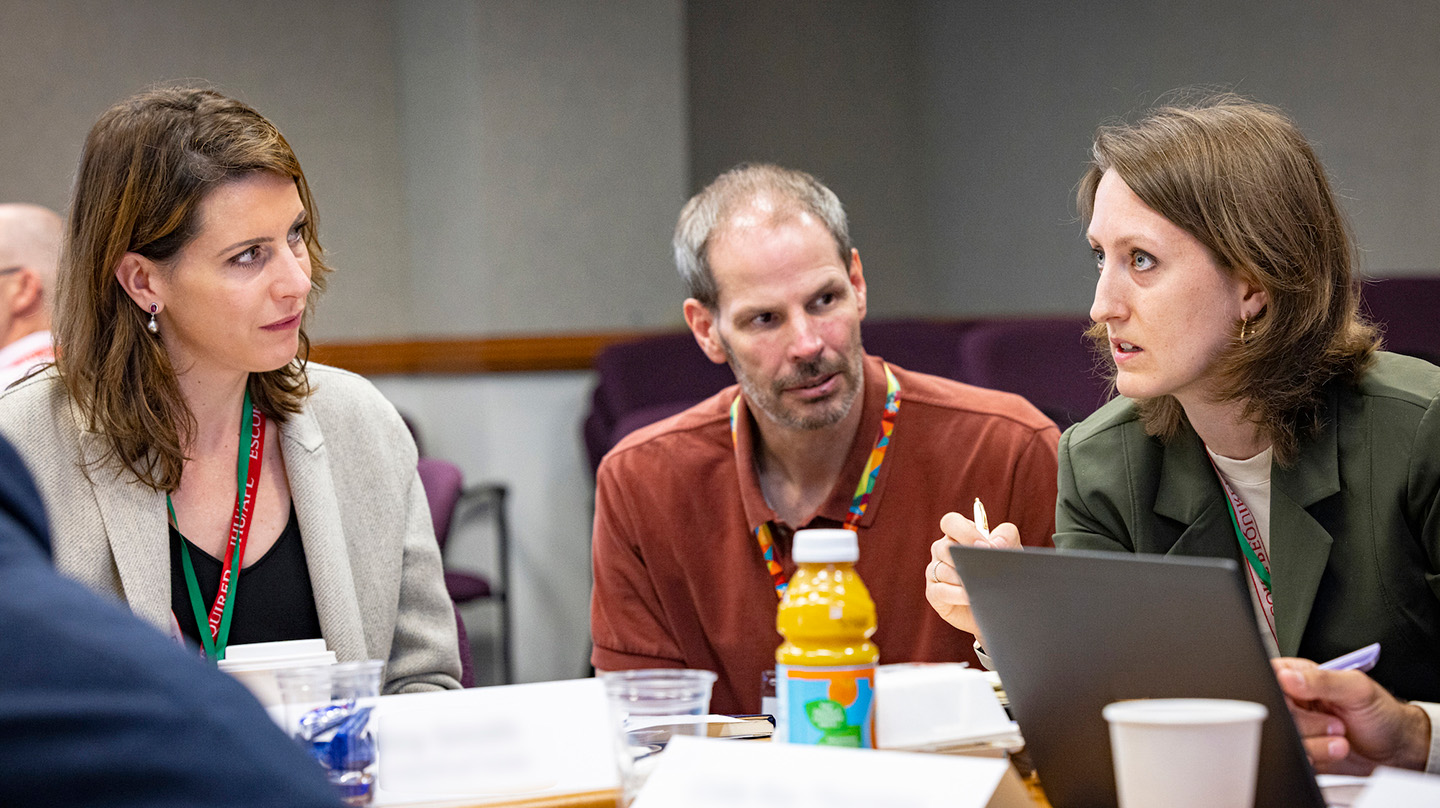Newswise — Representatives from the federal government, academia and private industry convened at the Johns Hopkins Applied Physics Laboratory (APL) in Laurel, Maryland, for a tabletop exercise to assess the nation’s preparedness for security threats unique to the bioeconomy.
In May 2023, several dozen experts in public health, policy, cyber, physical sciences and law came together to identify vulnerabilities, develop mitigation recommendations and establish a greater understanding of the extent of the threats to key biological capabilities. A report summarizing the lessons learned from the exercise was released Nov. 21.
The exercise, led by APL and the Bioeconomy Information Sharing and Analysis Center (BIO-ISAC), highlighted the complex challenges associated with identifying, characterizing and responding to threats in the bioeconomy.
The bioeconomy, a complex network of biomedical, bioindustrial and agricultural domains, is a critical component of the nation’s economy that accounts for 5-7% of the United States Gross Domestic Product. Vulnerabilities to national and digital security are increasingly pervasive. Recent high-profile attacks, such as the Tardigrade threat, data breaches at Dr. Reddy’s Laboratories and the Evotec ransomware attack have brought these vulnerabilities to the attention of the industry, regulators and policymakers.
“Safeguarding the bioeconomy is an economic necessity and urgent national priority,” said Brian Haberman, an APL research scientist who led the exercise. “The tabletop exercise built on APL’s decades of work in biothreat security and brought in key stakeholders to demonstrate the monumental challenges that exist, both from threats to the bioeconomy and in developing coordinated responses to those threats.”
“We have learned through these tabletop exercises that resilience comes from practicing the key elements of preparedness and response in a safe environment — ahead of incidents,” said Whitney Zatzkin, co-founder and director of BIO-ISAC. “We will continue our efforts with partners across the public and private sectors to meet the growing challenges and threats in the field.”
Participants were guided though a hypothetical scenario that placed them at the center of decision-making in response to a fictional growing domestic outbreak of a highly pathogenic virus, for which there were no licensed medical therapeutics or vaccines. At the start of the exercise, a fictional private company successfully received emergency use authorization for its vaccine.
As more information was revealed to participants through a series of modules, participants had to reckon with confidential-information leaks, manipulated databases, misinformation campaigns and potentially compromised laboratory equipment. The narrative was constructed to highlight the complex challenges associated with identifying, characterizing and responding to digital threats in the bioeconomy.

